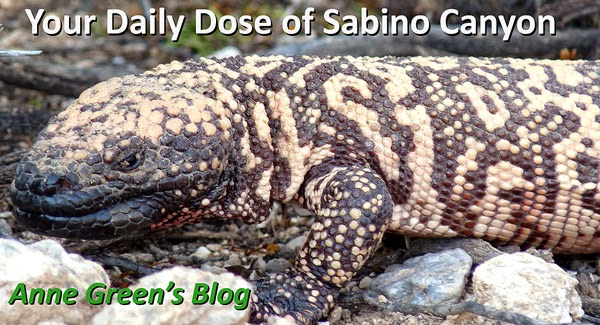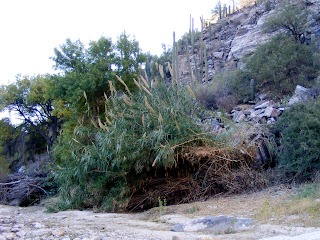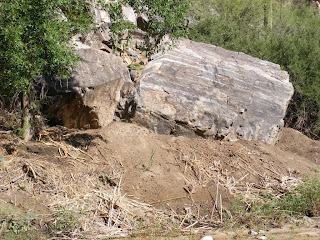The end of the year is a very busy time; I'm going to give you some stats for the year and take a few days 'off'. (Feel free to search the archives in the interim : -)
Most-viewed post this year (and this excludes the email views):
Fire in Sabino Canyon! from April 24, 2011 with 237. My theory on the reason for this incredible number is that Maggie's and Loren's photos were the only ones available. Anyone googling Sabino Canyon fire would get the blog. How about that for on-the-scene reporting?!
The 2nd-most-viewed post (again, this is excluding all the email recipients):
A Dozen Darling Ducklings from May 5, 2011 with 55.
Just in the past month, people in the following countries have taken a look:
US - 568 Russia - 59
Germany - 19 Canada - 9
Greece - 8 UK - 7
Malasia - 6 Australia - 5
Taiwan - 5 France - 4
Most of these people have searched some Sonoran desert plant or animal. How cool is that?!Thank you, wonderful readers, for a fantastic year in the blog-o-sphere.



































